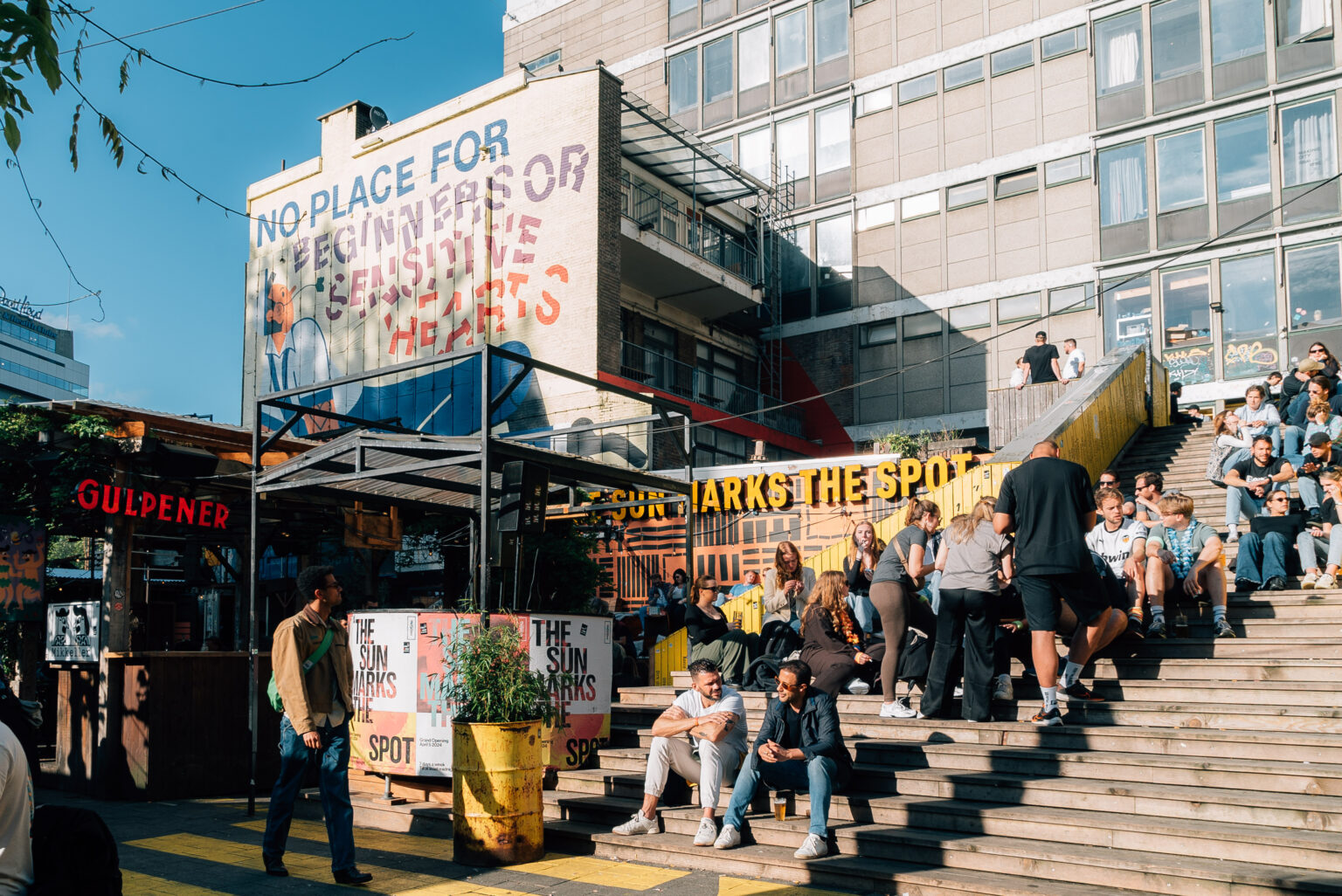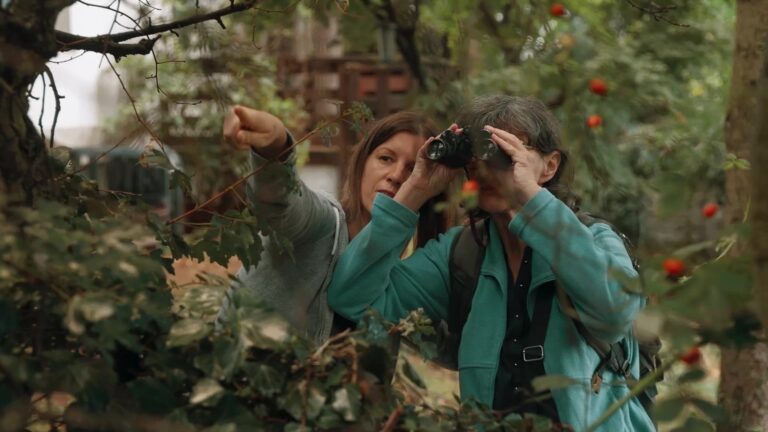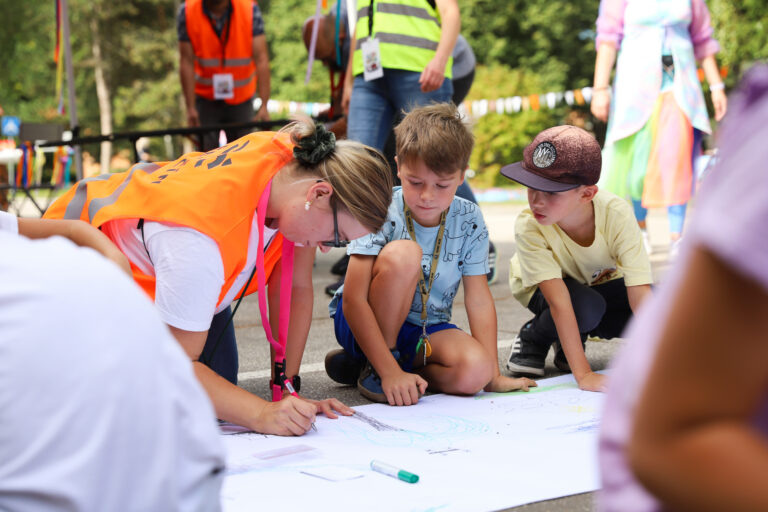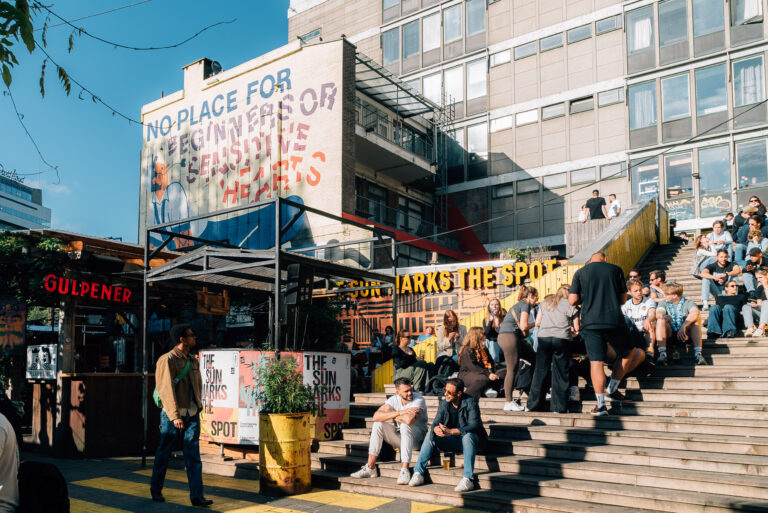Representatives of Trenčín 2026 attended the international conference Placemaking Week Europe in Rotterdam. They gained inspiration and experiences on how to create more beautiful, inclusive, and ultimately safer streets for everyone. The change in the perception of public space is one of the long-term goals that the European Capital of Culture project brings to Trenčín.
What is placemaking? It is a way of planning cities and creating public spaces that puts people at the center of attention. When we try to apply the principles of placemaking in a city, we do not look at streets or squares from the perspective of a driver who wants to zoom through as quickly as possible without stopping.
On the contrary, we focus on the needs of people who walk or bike on the street, want to spend time there, meet others, and live or work in the vicinity. This does not only include the needs of healthy adults, but all groups of residents, including parents, children, and seniors.
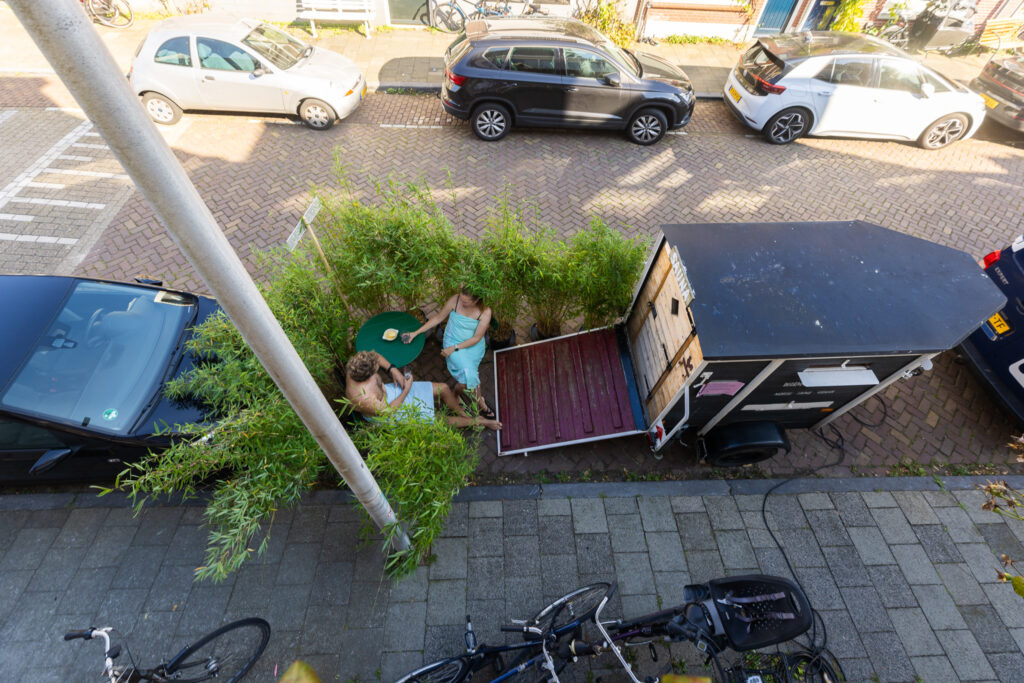
Photo – source: Facebook RAUM Utrecht
A pool or sauna instead of a parking lot? That’s also what placemaking is about
A common method used in placemaking is temporary improvements and experiments that lead to permanent changes or a shift in how public spaces are perceived. An example of such an intervention is the first parklet in Trenčín, which appeared during the summer on Palackého Street as part of the Trenčín 2026 program.
The Placemaking Week Europe conference showcased many such examples. It was four days packed with workshops, lectures, and discussions on interventions that improve spaces in cities worldwide on various scales.
We were particularly interested in an initiative by the RAUM organization from Utrecht, which creatively highlights the true value of the space occupied by cars on streets. Through an original temporary intervention, where parking spaces were replaced with greenery, seating areas, or even an inflatable pool, they pointed out how we use the spaces around us.
Photo – source: Cap. city SR Bratislava; author Marek Velček
Conversely, permanent placemaking interventions were discussed in Rotterdam by Petra Marko, director of the Metropolitan Institute of Bratislava. She presented the transformation of intersections into quality public spaces around two Bratislava elementary schools. Over the course of one year, the institute carried out a participation process with children, tested new solutions in the form of low-cost tactical urbanism, and finally made construction modifications to both intersections.
This last-mentioned project is also an inspiration for the new Trenčín initiative Streets for Children, of which Trenčín 2026 is a partner. The topic of transforming traffic corridors into safer public spaces resonated in several lectures and workshops in Rotterdam.

Photo – source: Placemaking Europe; author: Eric Fecken
Together we are creating a placemaking strategy
The city of Trenčín and Trenčín 2026 are active members of the Cities in Placemaking network of European cities. Over a two-year program, along with twelve other cities, they are learning about more pleasant and accessible public spaces. Another of the intensive closed workshops for network members took place during the Placemaking Week Europe conference.
The findings from the workshops are available in the form of a placemaking strategy, prepared by the Trenčín 2026 team, for the broader staff of the Trenčín city office. The tools of placemaking will also be used in the further program of the Trenčín 2026 project.
Lívia Gažová and Michal Mazánik, Trenčín 2026
